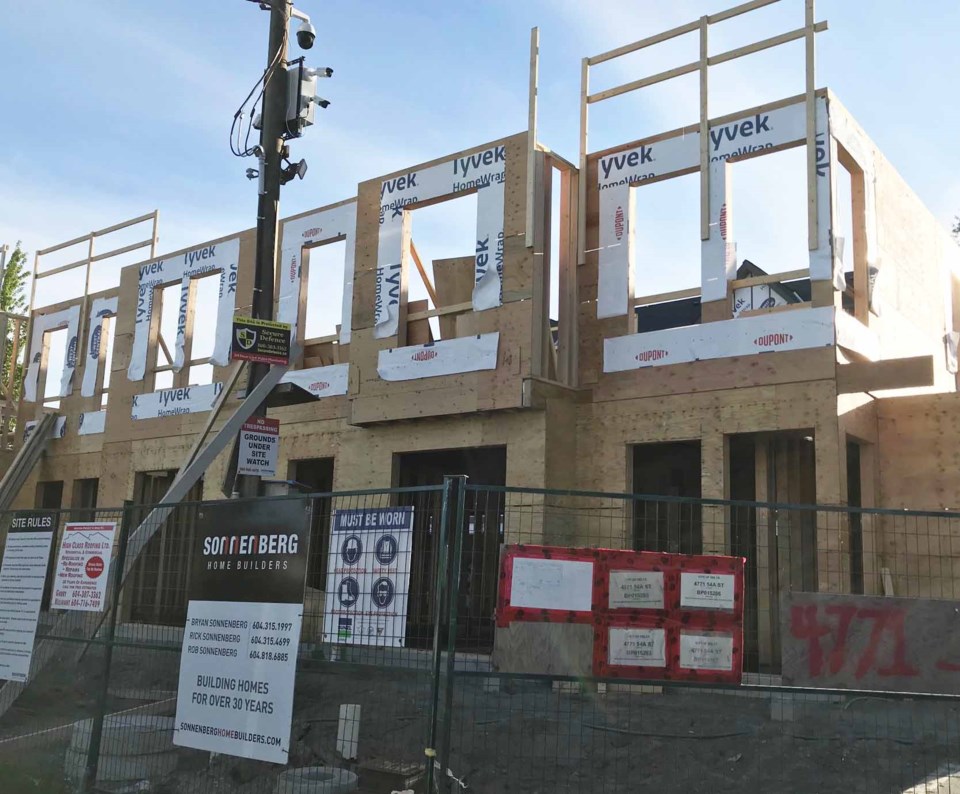The law of supply and demand was established during the first trade between cave dwellers. To this day, this law continues to guide every single transaction that occurs worldwide; if something is rare, it costs more. If something is plentiful, it is cheap.
There are only three ways to manipulate this law: control the supply, control the demand, and regulation.
Some well-known examples of controlled supply:
The De Beers Consortium limits the supply of diamonds to the global market in order to maintain premium pricing.
OPEC was formed in 1960 to coordinate and unify the petroleum policies of its member countries. They act as a cartel, limiting the supply of oil to purchasing countries.
An interesting example of dynamic product demand:
The level of demand for a product is also a key variable in pricing. Prior to the 1990s, few people had heard of, never mind eaten a Patagonian or Antarctic Toothfish. An American fish merchant named Lee Lantz successfully rebranded the fish as “Chilean Sea Bass,” sold it to restaurants and buying groups, and within 20 years the species faced global extinction. Prices rose so significantly for this ugly seven-foot-long toothfish that one of the longest criminal pursuits in nautical history (4,000 miles) took place between a ship illegally laden with 96 tons of Chilean Sea Bass and Australian patrol boats. Sailors risked their lives to protect a boatload of fish that had held no interest to consumers only a few years before.
Market regulation is the third and most complicated tool of price manipulation. The challenge is that with every law, regulation, tax, process, or rule intended to skew the true market value of a product or service, unintended consequences result.
For example, one of the primary goals of the speculation tax in B.C. is to discourage real estate speculation. The unintended consequence of this tax is that investors are heavily incentivized to speculate on when the tax will be lifted through a change in government.
Another example of the negative consequences of regulation is the staggering number of requirements municipalities place on developers prior to approving new housing construction. Community Amenity Contributions, Development Cost Charges, increased rezoning, permitting and inspection charges, increased taxes, and requirements of below-market rental units all have a cost that is passed down to the buyer. Politicians say they want to lower the cost of housing using these tools but the results prove the absolute opposite.
Solutions:
The best way to push selfish investors away from B.C. is to decrease the value of houses by flooding the market with inventory. Currently there are thousands of housing units waiting to be approved by municipal authorities in B.C. and no good reason (publicly offered) for the punishingly long and unpredictable application processes.
Why hasn’t this been solved yet?
Manpower should not be an issue. Provincial regulations allow for municipalities to charge developers and builders all of the costs associated with the permit application process. In other words, municipalities can hire as many people as they need to process the backlogged construction applications at zero financial risk. Allowances for remote employment only make the hiring process easier.
The application process should also not be an issue. Technology should be leveraged to simplify and speed up the permitting process. Simple, standardized electronic forms that are consistent across all municipalities would reduce application errors, misunderstandings, paper-based communication delays and filing requirements. Creating these electronic forms is not expensive and doesn’t take long to develop.
Neither of these are rocket science.
So why haven’t the powers that be solved the affordability issue? There are only two possible reasons.
The first is incompetence. Despite having access to the most powerful learning tools available (previous case studies), politicians don’t learn. They are incredibly innovative when it comes to laying blame, spinning messaging and twisting facts, but they don’t analyze failed strategies and develop new plans for operational success. In fact, there is a legitimate argument that the only thing politicians do well is get elected. The solution to this is not to elect politicians.
The second reason is that they don’t want to see housing prices decrease.
If a politician owns their home they stand to lose a substantial amount of money if the housing market crumbles. Not only are they personally at risk but the people who elected them, if also homeowners, are unlikely to desire a market crash. The incentive to solve the housing crisis shrinks significantly if the politician’s own home drops in value and they aren’t going to be re-elected.
In either case the solution to the housing crisis is true leadership. Someone who knows how to execute a plan and puts the greater good ahead of their personal goals.
It’s too bad that past leadership is indicative of future success (failure).
Neil Belenkie is the CEO of Ascent Drywall and Coatings, a serial entrepreneur, and former mayor of Belcarra.



